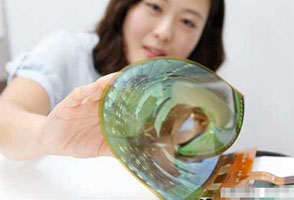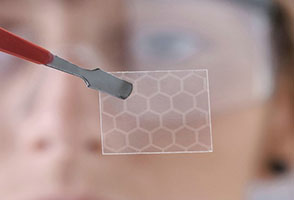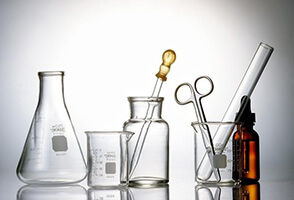In the semiconductor industry, cleaning and protecting the chip surface is a crucial step for enhancing chip performance and quality. 5-Methyl-1H-benzotriazole (C7H7N3,CAS:136-85-6) has emerged as an innovative cleaning agent due to its excellent chemical properties. It is widely used in chip cleaning processes. This article explores the specific applications, mechanisms, and potential impact of it in chip cleaning.
Chemical Properties
It is an organic compound with a structure composed of a benzene ring and a triazole ring. The benzene ring provides stability, while the triazole ring exhibits strong reducing and metal-affinity properties. In chip cleaning, 5-Methyl-1H-benzotriazole interacts effectively with the metal oxide layer on the chip surface, forming stable complexes. This enables efficient removal of surface contaminants while also preventing metal corrosion.
These properties make it an ideal choice for cleaning metal surfaces, such as copper (Cu), aluminum (Al), and titanium (Ti), which are commonly used in semiconductor manufacturing. Its chemical nature allows it to effectively remove oxides and other impurities, providing a cleaner metal surface for subsequent processing steps.
Mechanism of Action in Cleaning
During the semiconductor chip cleaning process, strong acids (like HCl, H2SO4) or strong bases (like NaOH, KOH) are typically used to remove metal oxides and particle contaminants. However, these methods often result in metal corrosion and increased surface roughness. In contrast, using itas a cleaning agent offers selective oxide removal without excessive damage to the metal surface.
5-Methyl-1H-benzotriazole forms stable complexes through a chelation reaction with surface oxides (e.g., CuO, Al2O3). This reaction dissolves or lifts away the oxides. Additionally, the compound can form a thin protective film on the metal surface, preventing the regeneration of oxides. This surface protection mechanism is vital for extending the lifespan of the chips.
Enhancing Cleaning Efficiency and Chip Quality
The level of cleanliness directly affects the electrical performance of chips. 5-Methyl-1H-benzotriazole effectively removes microscopic metal particles and silicon oxides (SiO2) from the metal surface. A clean chip surface reduces contact resistance, improves conductivity, and ensures consistent electrical performance and reliability.
It also enhances subsequent processes such as thin film deposition (PVD, CVD) and photolithography. A contaminant-free surface provides better adhesion, reduces defects, and significantly increases the chip yield rate.
Environmental and Economic Advantages
Traditional chip cleaning agents like hydrofluoric acid (HF) and nitric acid (HNO3) are effective but highly polluting. 5-Methyl-1H-benzotriazole offers a more environmentally friendly solution due to its milder chemical properties and low toxicity. It can achieve efficient cleaning at lower concentrations, reducing the usage of harmful chemicals and lowering wastewater treatment costs.
Moreover, the use of it shortens cleaning time and improves production efficiency. In the semiconductor industry, where the cleaning process is often repeated multiple times, using a high-efficiency, cost-effective cleaning agent can significantly reduce overall manufacturing costs.
Future Prospects of 5-Methyl-1H-benzotriazole in Chip Cleaning
As chip manufacturing advances towards finer process nodes (such as 5nm, 3nm, and even 2nm), the requirements for chip cleaning become more stringent. Future semiconductor cleaning agents need to offer stronger cleaning capabilities and higher selectivity to meet the needs of precision manufacturing.
Researchers are also exploring derivatives of it to further enhance its cleaning performance for specific materials and processes. Such innovations could help drive progress in chip manufacturing technologies and offer new solutions for the semiconductor industry.
Conclusion
5-Methyl-1H-benzotriazole (C7H7N3,CAS:136-85-6), as a chip cleaning agent, stands out due to its excellent chemical properties and environmental benefits. It effectively removes oxides and particle contaminants from chip surfaces while protecting against surface damage. This provides a clean foundation for subsequent manufacturing steps, enhancing the quality and performance of chips. As semiconductor technology continues to advance, it is expected to play a larger role in the chip cleaning process, becoming a key contributor to improved chip quality and manufacturing efficiency.
UIV CHEM, as one of the major manufacturers of 5-Methyl-1H-benzotriazole in China, offers mature technology and high-quality products.





